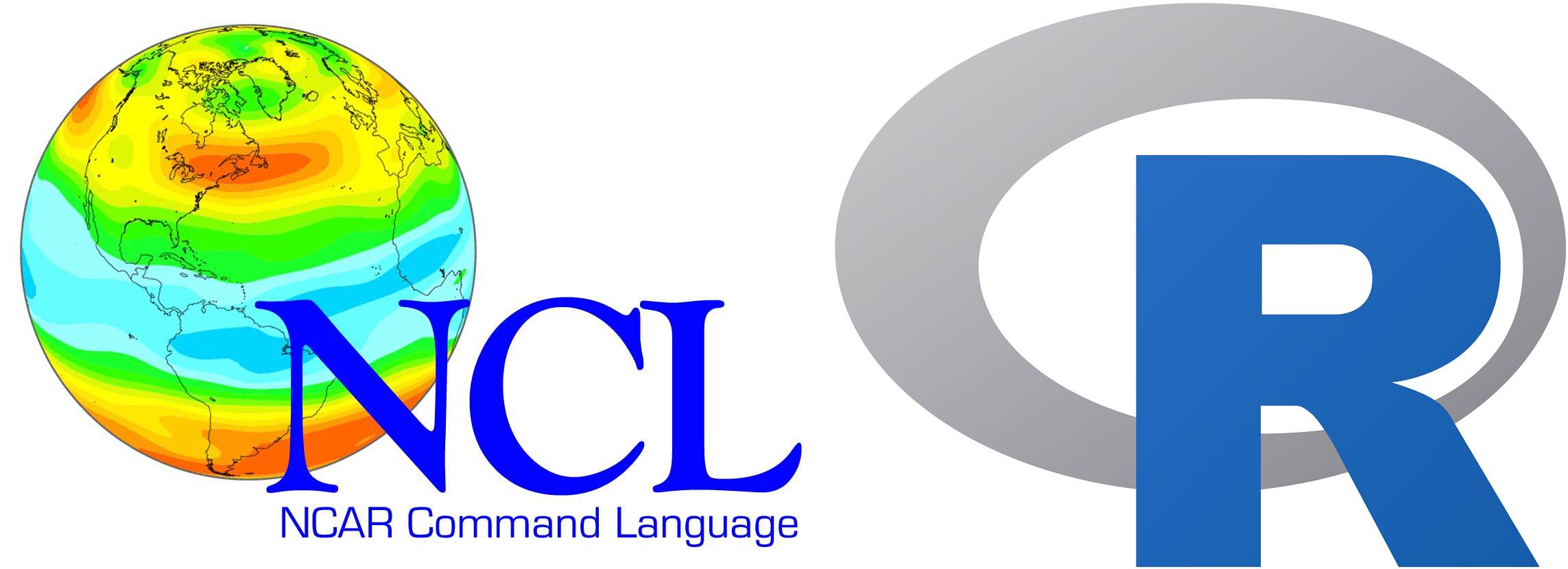From the point of atmospheric science, NCL has certain natural advantages in dealing with self-described meteorological data formats, but R is improving significantly.
- Unformated Binary
- I have to say both NCL and R are not as good at reading/writing binary files as Fotran, though technically they are able to do the job.
- Self-decribed Binary
- NCL uses a single function
addfileto handle all format (netCDF, HDF, GRIB, CCM, shapefile), while R requires additional packages.
- NCL and R variables not only support attributes, dimension names.
- NCL defaultly supports coordinates to its variables, while R does this in the
Spatial*classes and is more powerful in GIS.
- For Lambert Conformal Conic (LCC), NCL variables can have 2-dimensional coordinate attributes (lat2d and lon2d), which then can be automatically plotted to a basemap in any projection, which to me is huge advantage.
- NCL defaultly supports coordinates to its variables, while R does this in the
- NCL uses a single function
- N-Dimensional Array
- The concept of
Arrayis pretty week in R, such as Vector and Matrix, while multi-dimensional arrays, such like a temperature variable T(ensemble, time, lev, lat, lon), are so popular in NCL.
- The concept of
- Tabular
- No need to verbose,
data.frameis what makes R what it is.
- No need to verbose,
